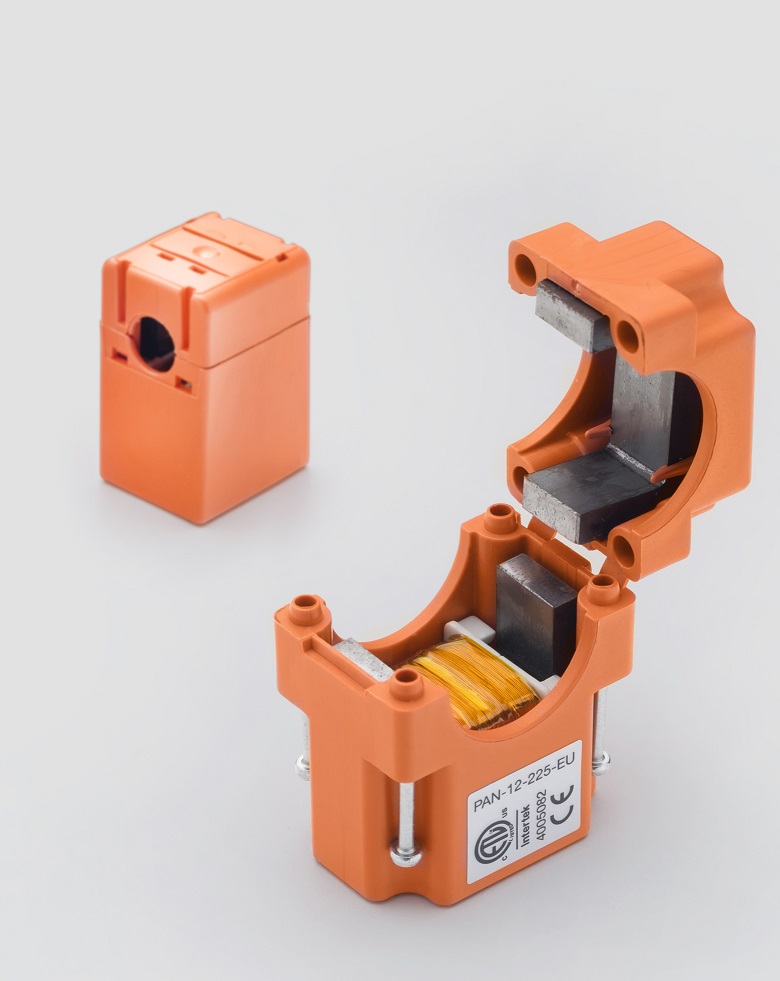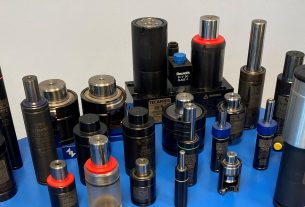Manufacturers can maximise energy and operational efficiency by using advanced Internet of Things ( IoT) energy insights sensors, advises Mike Cumby of Centrica Business Solutions.
Low cost IoT sensors are unlocking higher productivity and big energy savings across industry – providing a smart solution to hyper inflation, decarbonisation and operational efficiency.
By combining wireless sensor technology with advanced analytics software you’ll gain real-time insights. This enables you to optimise energy and operational performance across your entire site – right down to device and equipment level.
It works by simply clipping the wireless IoT sensors to your energy intensive assets at a circuit level and then analysing and visualising the captured data with an advanced energy management platform, such as our PowerRadar™ system.

In this way, you have 360O vision of your site-wide power usage at the level of detail you require. It’s also possible to monitor gas, heat, air flow and water consumption, plus on-site generators, such Combined Heat and Power (CHP) and solar systems.
There are six ways manufacturers can benefit by applying sensor-driven energy insights across their site or multiple sites.
- Detect energy waste to drive efficiency and cost savings
By understanding what’s happening beyond your metered data at a device and process level you’ll identify hidden energy waste and drive efficiency improvements that can relieve rocketing bills. For example, you may identify unnecessary out-of-hours consumption, idling equipment, incorrect operation timetables, or opportunities to improve compressor cycling or production/process line sequencing. You can also benchmark against other comparable sites or areas to detect anomalies and drive best practice.
IoT energy insights can also inform and influence employee behaviour change to further improve energy performance.
Savings in action
Textile manufacturer Pincroft is using our smart energy insight technology to reduce weekend energy spend by 94% and weekday spend by 29% – putting the company on track to achieve annual CO2 savings of 648 tonnes. The project, which uses sensors to capture real-time energy data from over 100 critical energy-consuming assets, provided a payback on investment in just 3 months.
Plastcoat, a division of Magna International, is using our technology to save nearly $2 million on its annual energy bill, while also improving predictive maintenance, operational efficiency and productivity.
- Improve operational efficiency
With on-demand access to real-time equipment and process performance data you can gain new insights into operational improvement opportunities. In many cases, the resulting operational cost savings are higher than the energy savings.
For example, our customers are using energy insights to detect air leaks from compressors and to diagnose performance issues with cooling equipment or production lines. The technology can support verification of manufacturer default settings and equipment controls, while also tracking operational trends from adjusting equipment controls in real time.
Dramatic results
Global cement and asphalt producer CEMEX used our IoT analytics to make a £211,383 saving at just one location. By examining real-time energy usage of critical energy intensive machinery the company identified that a conveyor motor was not working properly, which was creating a process bottleneck. Further cost savings have been made by identifying and eliminating unnecessary out-of-hours energy use.
- Predict equipment failure and trigger maintenance protocols
Energy analytics software can detect anomalies and faulty equipment or process vulnerabilities that could affect output or product quality. Smart technology also makes it easier to transition from scheduled maintenance to predictive maintenance – using 24/7 alerts about potential issues so they can be prevented before they become points of failure. In this way, the smart technology can reduce downtime, increase productivity and extend asset life.
- Decarbonise your business
An additional benefit of improving energy and operational efficiency is the carbon savings this delivers – helping you to achieve your net zero ambitions cost effectively. In this way, manufacturers can also get ahead of increasing environmental regulation and carbon taxation, while meeting the sustainability expectations of customers, employees, investors and other stakeholders.
Altex shrinks carbon footprint
Altex Group is using our IoT sensors and analytics platform to achieve annual CO2 emissions savings of 53,553 tons, while also cutting energy costs by 8%. Wireless sensors were used in each production facility to capture energy consumption data of critical assets, such as air compressors, refrigeration equipment, cooling towers and evaporators.
It was revealed that a 4% reduction in energy consumption could be achieved by using timers to switch equipment off during non-operational hours. A further 12% reduction in energy use was achieved by analysing and optimising the sequencing of compressor operation.
- Make compliance & reporting easy
By shifting to a data-driven energy monitoring strategy, businesses gain a clear view of energy and carbon performance . Accurate data is available at the required level of detail to support increasing regulatory and legislative oversight of Scope1, 2 and 3 emissions.
Detailed data can also be collated across multiple sites and reports downloaded for environmental and fiscal reporting, for example to assist compliance with the Energy Savings Opportunity Scheme (ESOS) or Streamlined Energy and Carbon Reporting (SECR) and the new Taskforce on Climate-Related Financial Disclosures (TCFD).
- Optimise and monetise energy flexibility
Use the data gathered from your wireless sensors to inform opportunities to use energy flexibly for cost reduction and revenue generation. Using this information, it’s possible to shift loads to avoid peak time power costs, such as Triad periods. Where there’s spare power capacity, you can generate an income from Demand Side Response (DSR) activities and other trading opportunities.
Manufacturer unlocks revenue
Our IoT energy insights technology underpins the flexibility and market optimisation strategy of a UK paper manufacturer. By capturing data from meter points, energy management systems and their CHP plant, the company has full visibility of site-wide energy usage and can identify efficiency and flexibility opportunities. We’ve also integrated this technology with our AI enabled utility optimisation platform to manage market opportunities and unlock significant revenue streams for the company.
Don’t miss out on savings
Despite the huge benefits of advanced energy insights, only 25% of businesses regularly assess their energy profile. This is a missed opportunity to use energy data to drive commercial, operational and environmental success.

Further information: www.centricabusinesssolutions.com/energy-solutions/energy-management/energy-insights-solutions




